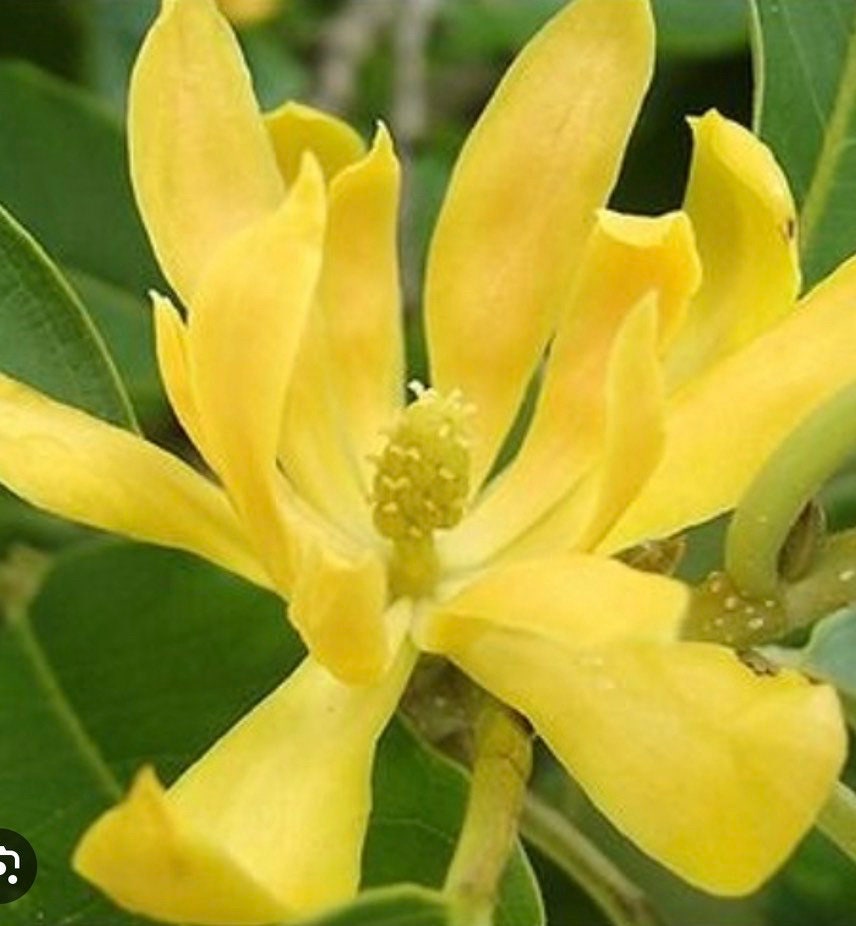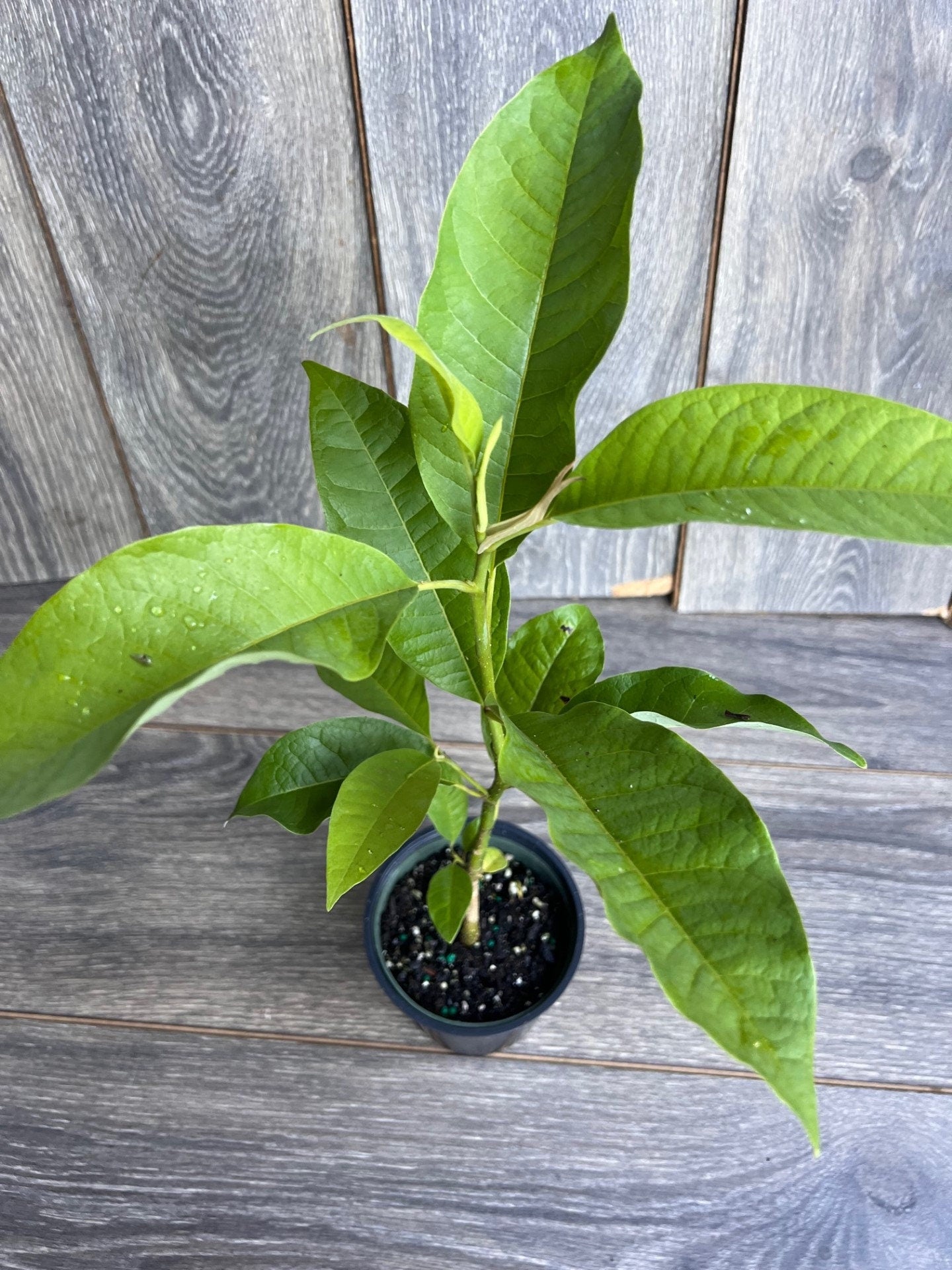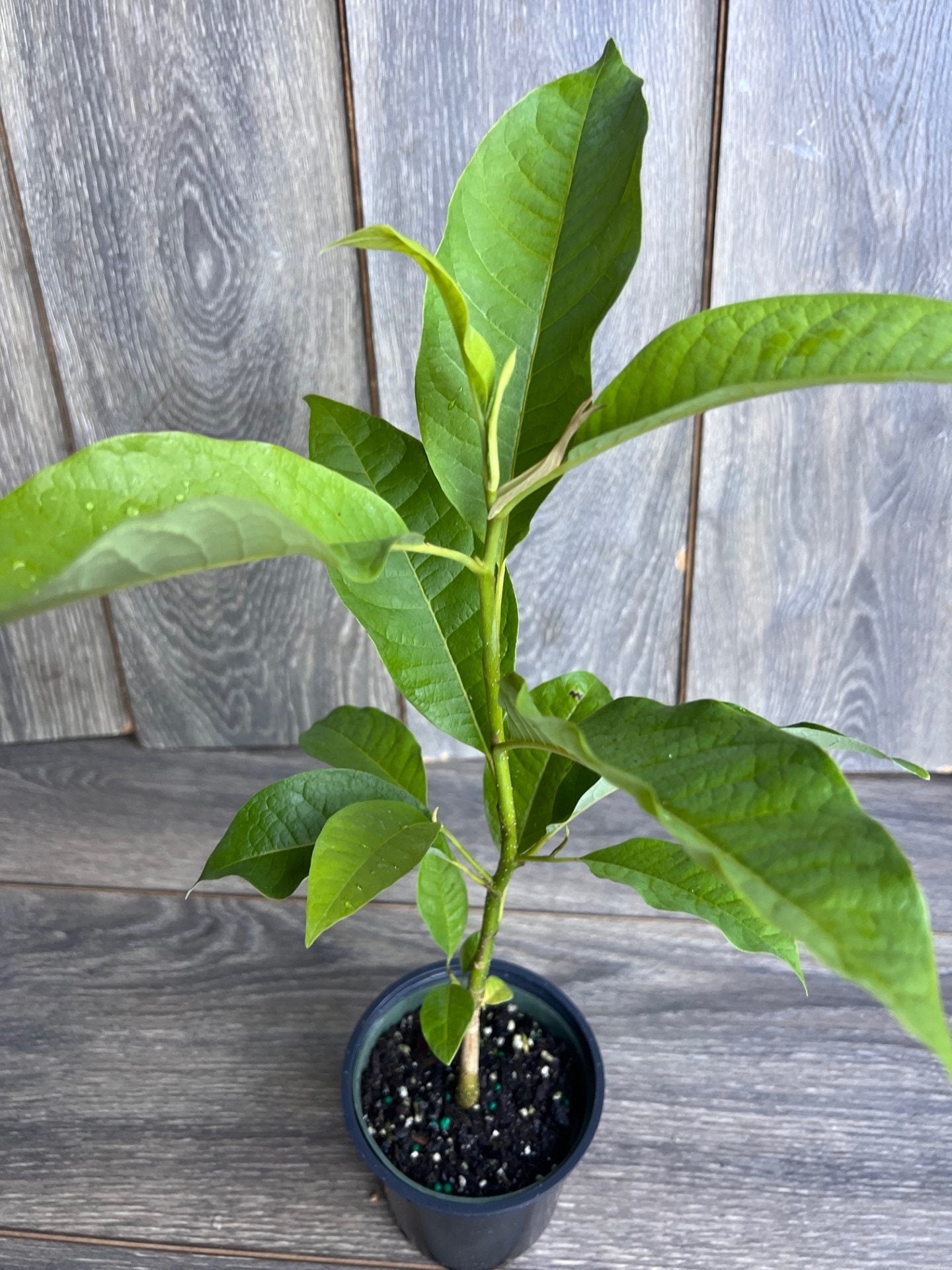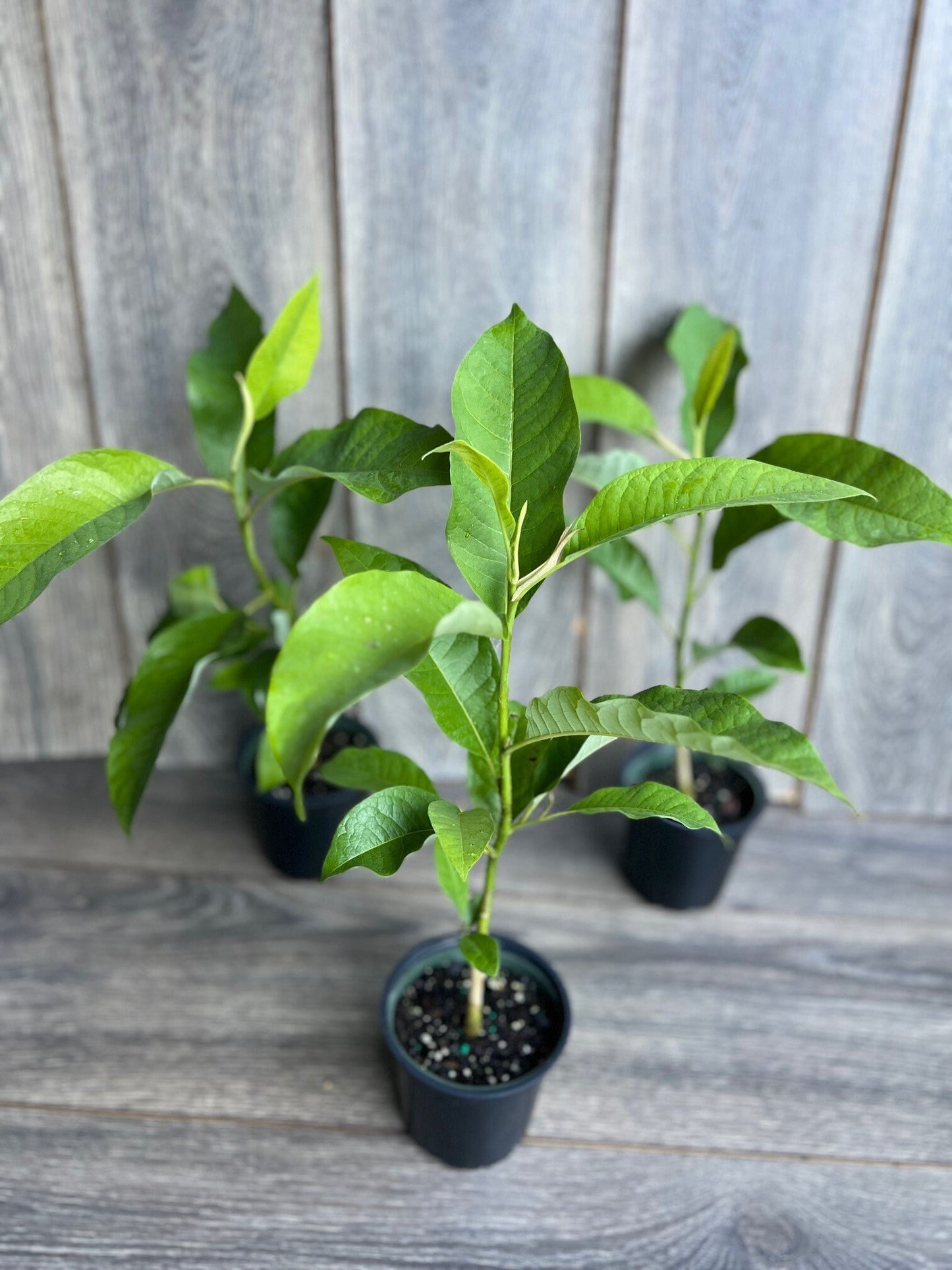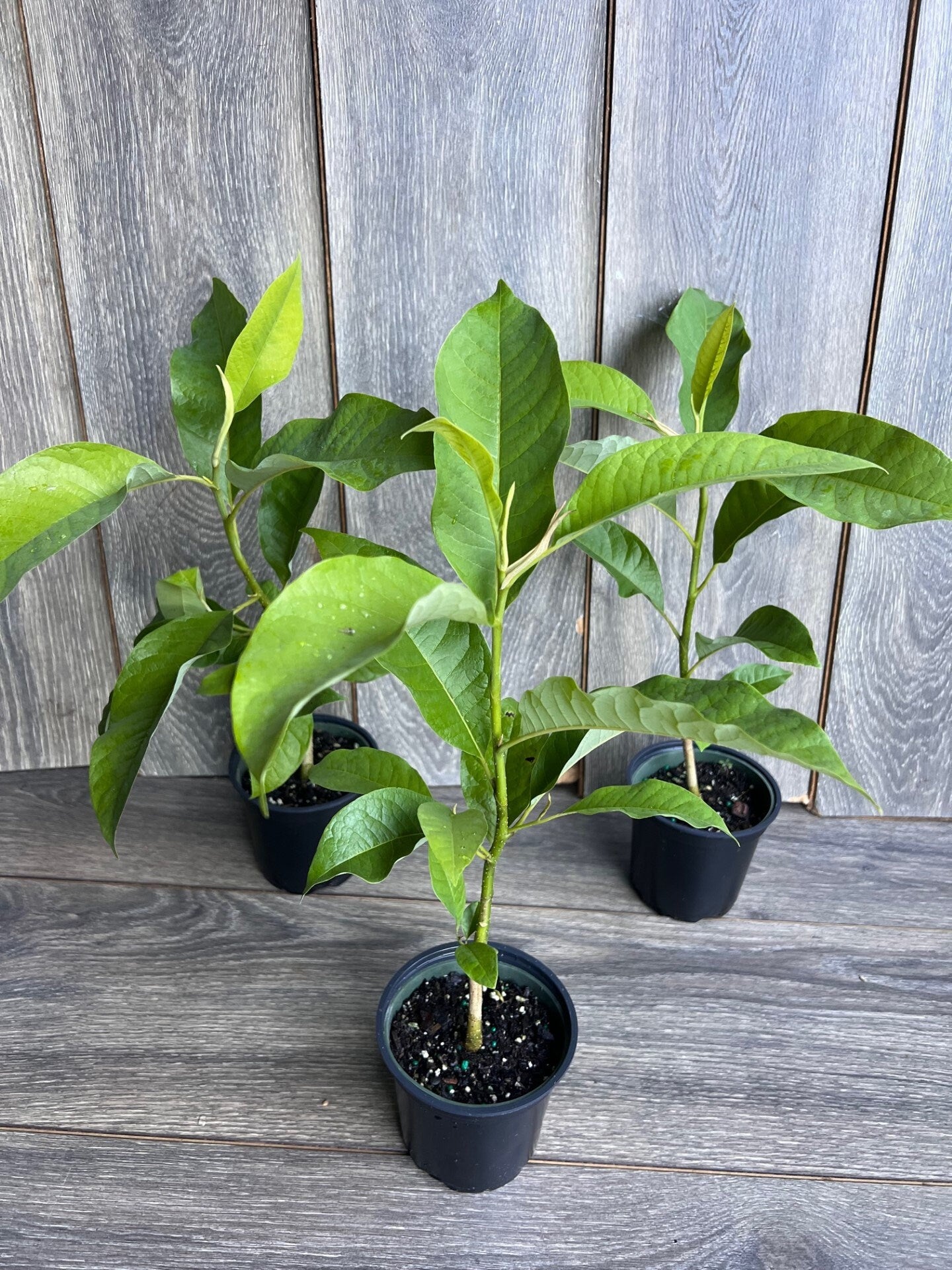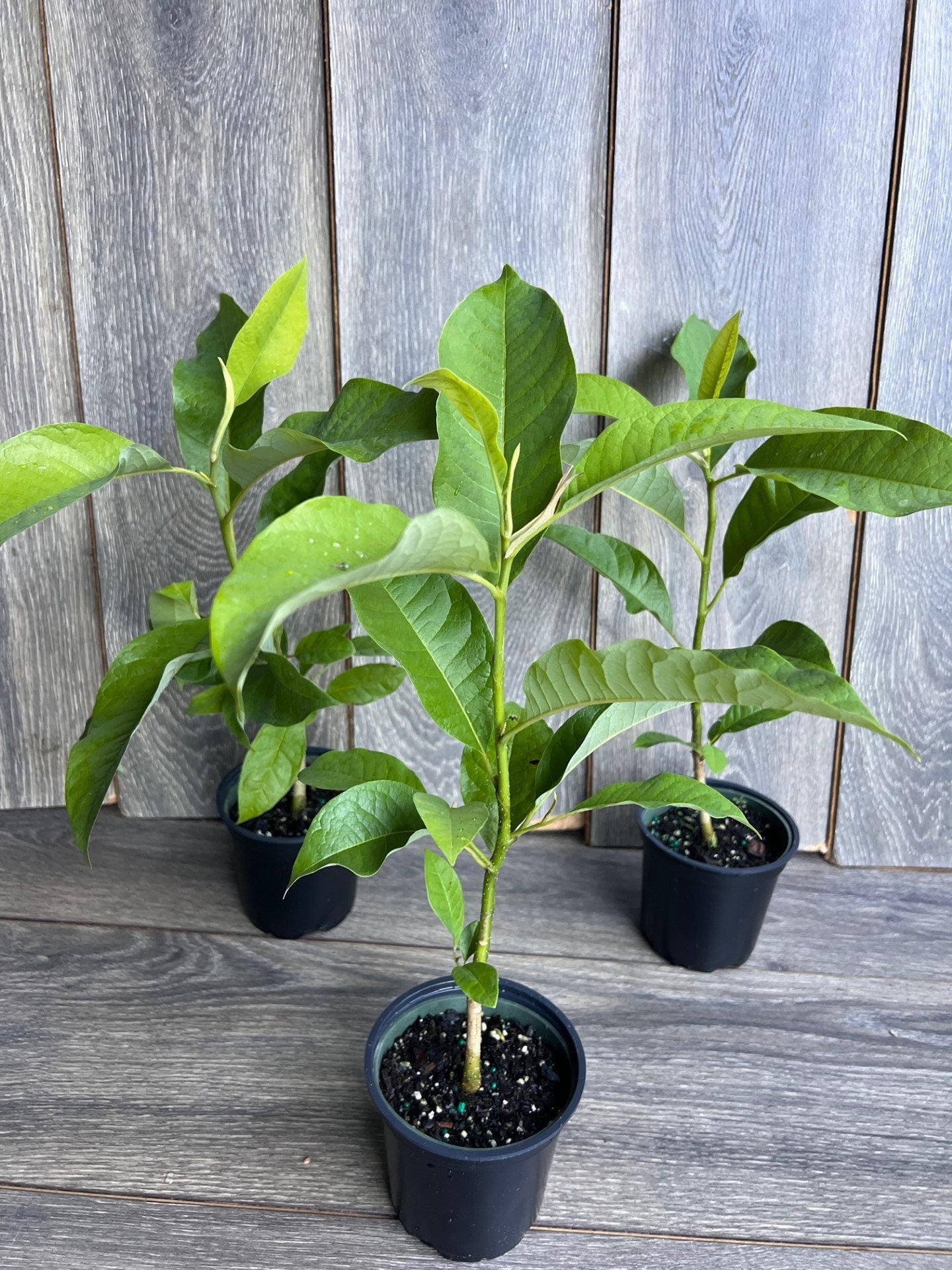1
/
of
7
Magnolia champaca, Michelia champaca in 4" Pot, Joy Perfume Tree, cempaka
Magnolia champaca, Michelia champaca in 4" Pot, Joy Perfume Tree, cempaka
Regular price
$30.22 USD
Regular price
$40.30 USD
Sale price
$30.22 USD
Unit price
/
per
Shipping calculated at checkout.
Couldn't load pickup availability
Note: You will receive Magnolia Champaca in 4" Pot Similar to the pictures
Magnolia champaca, also known as Champaca, Yellow Champaca, or Joy Perfume Tree, is an evergreen tree native to Southeast Asia and the Indian subcontinent. This tree is renowned for its highly fragrant, yellow to golden-yellow flowers that emit a rich, sweet scent often described as a blend of jasmine and citrus. The tree typically grows to 30–50 feet (9–15 meters) in its natural environment but can be kept smaller in containers or pruned in garden settings. It is prized for its beauty, fragrance, and medicinal uses.
Key Care Tips for Magnolia champaca:
1. Light Requirements
- Full Sun: Magnolia champaca thrives in full sun for most of the day. Direct sunlight encourages profuse blooming and strong, healthy growth.
- Partial Shade: While it tolerates some shade, flowering may be less abundant, and growth may be slower.
2. Temperature
- Warm Temperatures: Prefers temperatures ranging from 60°F to 85°F (15°C to 29°C). It is sensitive to frost and should be protected from cold temperatures below 50°F (10°C).
- Indoor Growing: In cooler climates, it can be grown indoors in a bright, warm room or greenhouse.
3. Watering
- Consistent Moisture: Keep the soil moist but not soggy. Water when the top inch of soil feels dry. Ensure good drainage to prevent waterlogging, which can lead to root rot.
- Humidity: As a tropical plant, it benefits from high humidity. Mist the leaves, use a humidifier, or place the pot on a humidity tray if growing indoors.
4. Soil
- Well-Draining, Fertile Soil: Prefers loamy soil rich in organic matter with good drainage. A mix of garden soil, compost, and perlite or sand is ideal.
- Slightly Acidic to Neutral pH: The soil should have a pH between 6 and 7. Avoid overly alkaline soils, which can stunt growth.
5. Fertilizing
- Regular Feeding: During the growing season (spring and summer), feed with a balanced, slow-release fertilizer every 4–6 weeks. A fertilizer containing nitrogen, phosphorus, and potassium is ideal.
- Reduce in Winter: During the winter months, reduce or stop fertilizing as the tree enters a resting phase.
6. Pruning
- Minimal Pruning: Prune lightly to shape the tree, remove dead or damaged branches, or control height. This is best done in early spring before new growth starts.
- Encourage Bushier Growth: Regular light pruning can help maintain a compact shape, especially in containers or smaller garden spaces.
7. Flowering
- Fragrant Flowers: Magnolia champaca blooms in late spring to early summer. The highly fragrant yellow flowers emit a sweet, citrusy scent, especially in the early morning and late evening.
- Pollination: This tree is usually self-pollinating, but cross-pollination by insects, particularly beetles, can improve fruit production.
8. Repotting
- Repotting in Spring: If growing in a container, repot every 1–2 years. Choose a larger pot with good drainage and fresh soil to allow for continued root growth.
- Root Bound: Avoid allowing the plant to become root-bound, as this restricts growth and can reduce flowering.
9. Pests and Problems
- Pest Resistance: Magnolia champaca is relatively pest-resistant, but can attract mealybugs, aphids, or scale insects. Treat infestations with insecticidal soap or neem oil.
- Leaf Spot Diseases: In humid conditions, the tree may be prone to leaf spot diseases. Ensure good air circulation around the plant and remove infected leaves promptly to prevent the spread of disease.
10. Container Growing
- Space: Ensure the tree has enough room to grow in a large pot with proper drainage. This is essential for indoor growing or smaller garden spaces.
- Pollination Indoors: If grown indoors, hand-pollination may be necessary to achieve fruit, although many people grow it primarily for its fragrance.
Share
